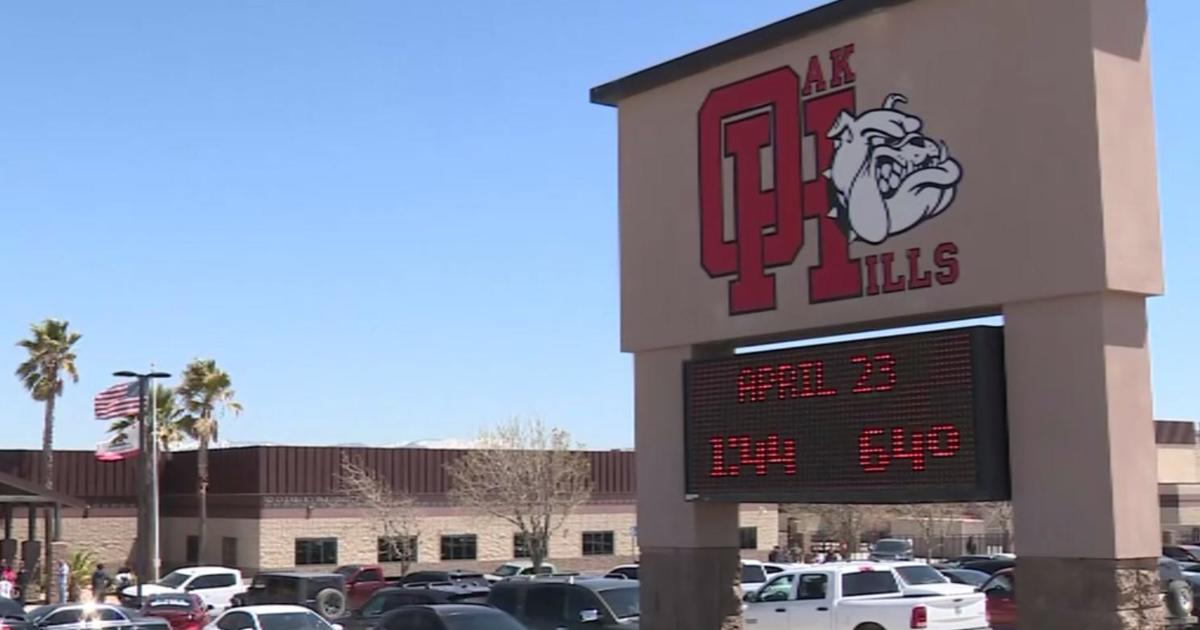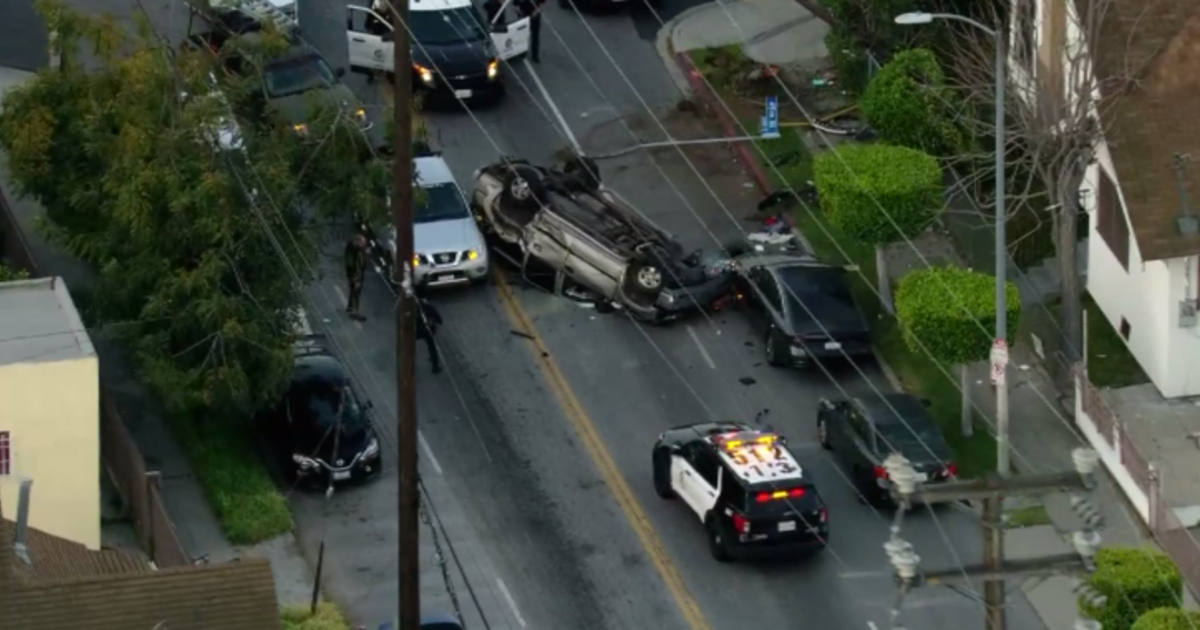Mars Rover Curiosity Takes Its First Drive
LA CAÑADA FLINTRIDGE (CBSLA.com) — Gov. Jerry Brown was on hand to watch the Mars rover Curiosity take its first drive on the surface of the red planet Wednesday.
The rover, managed by NASA's Jet Propulsion Laboratory in La Cañada Flintridge, rolled forward 15 feet, then turned and rolled back about eight feet.
The final location allows JPL scientists controlling Curiosity to "do some good science," KNX 1070's Claudia Peschiutta reports.
Podcast
The rover sent a photo of its short drive that was posted on Twitter, showing its tire tracks on the Mars surface, and dedicated its landing sport to the late science-fiction writer Ray Bradbury.
The short drive coincided with Brown's visit. The governor met with the team managing the rover and celebrated his proclamation of Aug. 22 as "Space Day" in California. Brown drew laughs when he mentioned this wasn't his first "Space Day" proclamation.
Podcast
"Of course, I talked a little bit too much about space and they began to think I might be a little spacey," Brown said. "And that's where I got this moniker called 'Governor Moonbeam.'"
The rover's arrival on Mars capped a 36-week, 154-million-mile journey that ended with a highly complex landing sequence on Aug. 5. The rover's two-year, $2.5-billion mission is to search for signs that Mars might have once had water and other conditions to support life and could support life in the future.
Curiosity has recently been examining the weather on the Martian surface and the soil and rocks around it. Based on data collected since Curiosity's landing, JPL officials say the air temperature has ranged from 28 degrees to minus-103 degrees. Ground temperatures have ranged from 37 degrees to minus-132 degrees.
JPL officials noted that one of the two sets of Rover Environmental Monitoring Station wind sensors aboard the rover has not been transmitting any data.
"One possibility is that pebbles lofted during the landing hit the delicate circuit boards on one of the two REMS booms," according to JPL's Ashwin Vasavada, a Curiosity deputy project scientist. "We will have to be more clever about using the remaining wind sensor to get wind speed and direction."
(©2012 CBS Local Media, a division of CBS Radio Inc. All Rights Reserved. This material may not be published, broadcast, rewritten, or redistributed. Wire services contributed to this report.)





